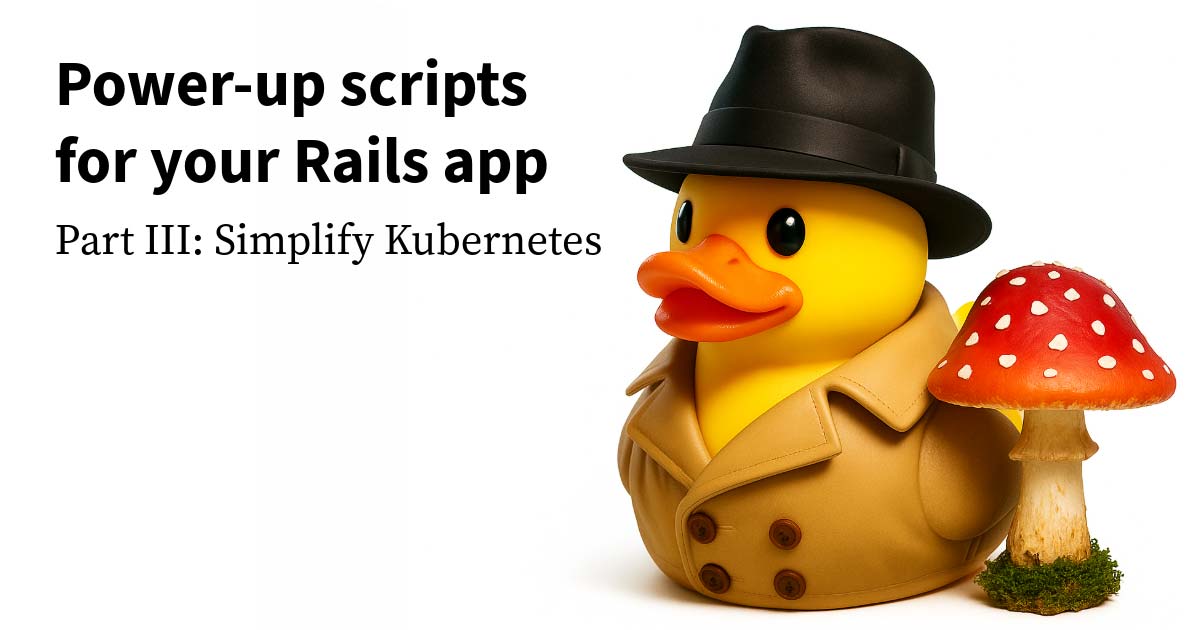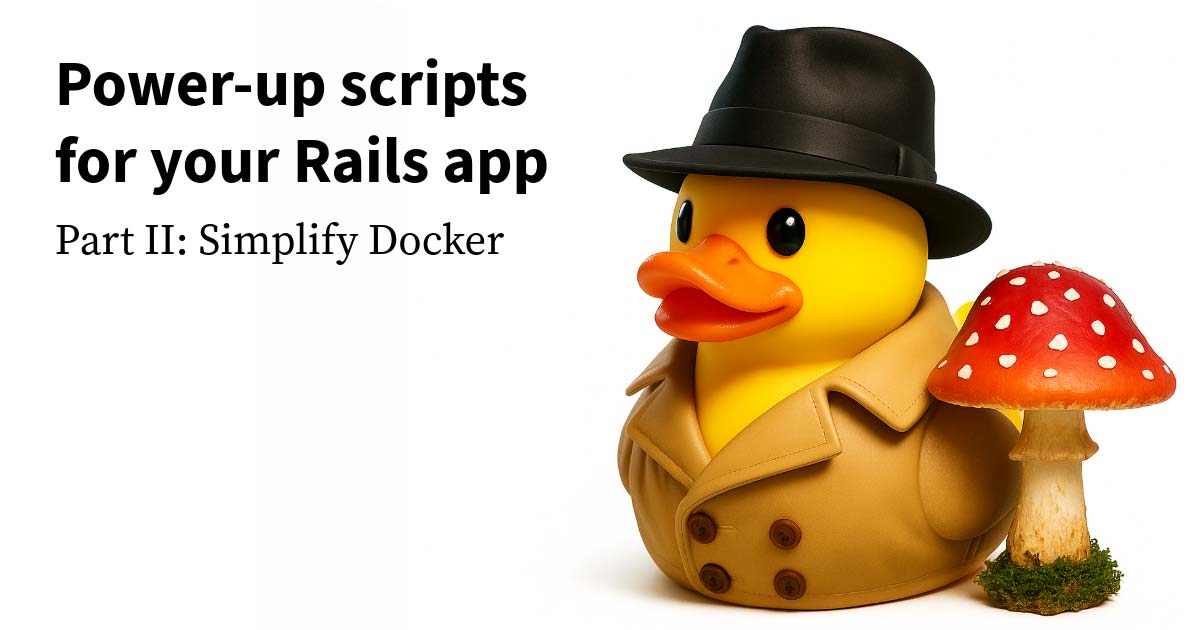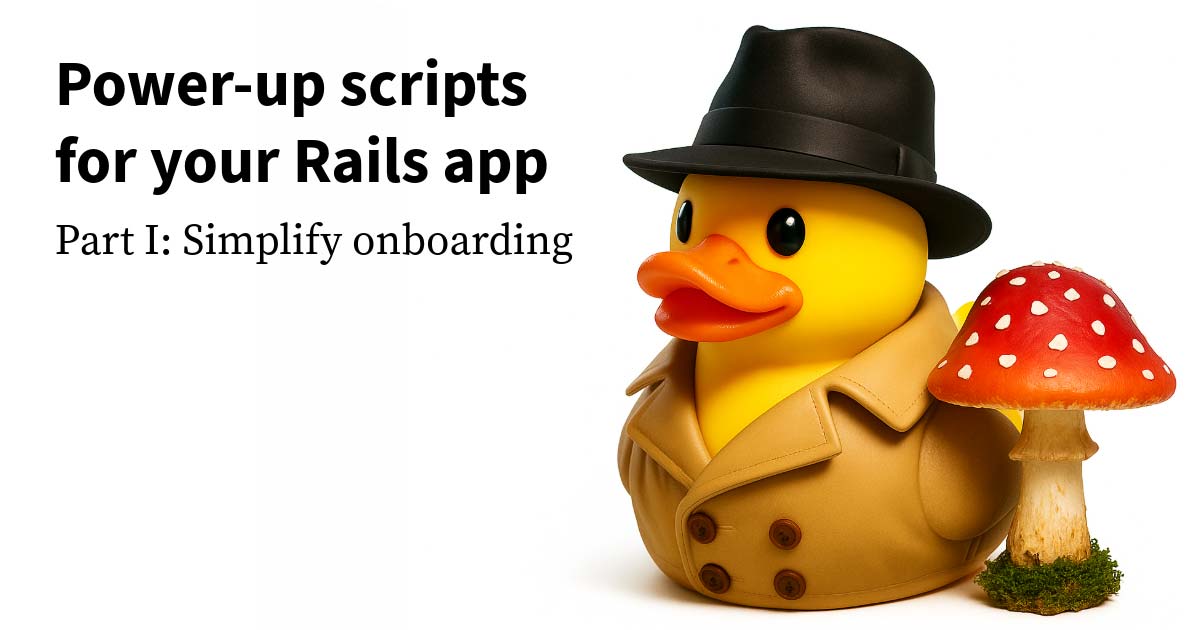We product managers love to solve problems. We love to seek out opportunities. We love to add value to our businesses and delight our customers.
But sometimes we get bogged down in the day-to-day. We spend lots of time with our backlog in Jira. We update our sometimes uninspiring roadmap in Aha! or Productboard. We explore data in Google Analytics or Adobe. We attend administrative meetings and Scrum ceremonies.
While those things are important, it leaves us little time to look at big, bold ideas to improve our product. And even if we have the time, we are often handed projects to do and a timeline by which to do them, leaving us feeling powerless.
We know a lot about our technology capabilities, how our customers use our product, the capabilities of our competition, and the impact on our stakeholders. But we don’t feel like we control our own destiny.
One effective way I’ve found to “take the power back” is to implement recurring brainstorming sessions. These brainstorming sessions fill your funnel, influence your stakeholders, energize your team, and help you to build your innovation muscle. I’ve had a lot of success with my recent clients, and you can too.
Here’s how to do it.
Design the blueprint for effective brainstorming
Running effective brainstorming sessions starts with a plan for success.
- Identify the participants to invite. Product managers, designers, architects, tech leads or anyone else that knows your product, market, technologies, or customers well are great participants. Just try to keep the list to 10-12 people to be efficient.
- Ask for help in facilitating this session because you want to actively participate as well. So ask for help from a designer, product operations, an internal Product/Scrum/OKR coach, or someone who wants to exercise a new skill.
- Schedule the session well enough in advance and give yourself enough time in the session for idea generation, debate, voting, and aggregation. I’d suggest scheduling a 1.5-3 hour session, scheduled 3-4 weeks in advance.
- Work with the participants and/or your leadership to determine the format - virtual, in-person, or hybrid - to make sure everyone can participate. I’ve run all three, and all three formats can work.
Embrace the power of 'How might we' questions
A brainstorming session is a serious commitment by your team, your leadership, and your organization, so you want it to be valuable and time well-spent.
A key to doing that is ensuring everyone is focused on the same problem: the How Might We.
Have prep discussions with your leadership regarding the one How Might We for this exercise. Make sure it is actionable and aligned to the larger business strategy yet gives the team freedom to explore innovative ideas.
- Do you want to increase revenue in a particular market?
- Do you want to improve operational efficiency in a store?
- Do you want to increase customer retention for your web app?
Choose one aspect so everyone can rally around it. And next time you do a brainstorming session, feel free to choose a different How Might We.
Leverage the right tools to amplify ideas
There are lots of tools out there for virtual brainstorming, but I keep coming back to the “Conducting a brainstorm” template in Mural.
It has all of the aspects you need to run an effective brainstorm: ground rules, How Might We, idea generation area, aggregation area, next steps, a timer, and voting.
This tool or any digital brainstorming tool is very effective even if you do this exercise in-person, as it allows everyone to participate equally, and allows you to easily reference it later.
Generate buzz and excitement pre-session
If this is your first brainstorming session or your 20th, you want to generate buzz to get people excited. Share the purpose and ground rules to the team in staff meetings or other forums leading up to the event, emphasizing that this is an exciting opportunity to think big. You also want to send an email or IM the day of the event as a last-minute reminder.
Here is a sample IM I like to use (emojis are suggested but not required 😃)
⭐️ Purpose - How Might We
🧠 Think big, bold, disruptive, innovative, [insert your favorite business buzzword here]
❌ Don’t worry about any constraints that could slow us down - time, money, resources - we’ll worry about those later
🔢 We want to go for quantity of ideas, ideally with a value associated with each (even if it’s speculative)
💭 We encourage lots of discussion, questions, debate, and even ideas that are not fully thought out, without any judgement
🔨 We will use Mural to accumulate our ideas, discuss them, aggregate them, and vote on them
📝 If you have some good ideas before our meeting, feel free to add them to the board beforehand. Each participant has their own separate section of notes.
🥅 Goal - We want to drive innovation within our areas, using our horizontal roles to influence our business, operational, and technology partners
Capture and cultivate your team's best ideas
During the session, facilitate like a pro. That means:
- Support debate and discussion.
- Encourage wacky, off-the-wall ideas. Don’t judge any idea or anyone.
- Ensure everyone participates.
- Don’t limit your options due to constraints like time, money, and resources - you’ll figure that out later.
- Keep everyone focused on the goal.
- Use the tool for timing and voting. Let the template guide you.
Turn brainstorming into a regular rhythm
To make this exercise the most valuable, you need to follow-through.
- Organize deeper discussions with designers, marketing, sales, and technology teams on the high-priority ideas.
- Share the board with others so they can see the awesome work your team is capable of doing.
- Follow up with the participants to see if they enjoyed the session and if they have any feedback.
These sessions are valuable as stand-alone exercises, but the real genius is running these regularly. I’ve seen quarterly work the best.
Quarterly gives teams breathing room to execute against their OKRs while also allowing designers, architects, and Product Managers time to interview customers, do market research, and design solutions.
If quarterly seems like too much, I’d suggest running these twice a year to start, then ramp up to quarterly.
When done well, regular brainstorming sessions energize the team, gives everyone an excuse to think big and bold, and fills up the funnel with awesome things to work on. Good luck everyone!
Shawn Leitner is a senior product manager at Test Double, with a former background as a developer.





.png)





